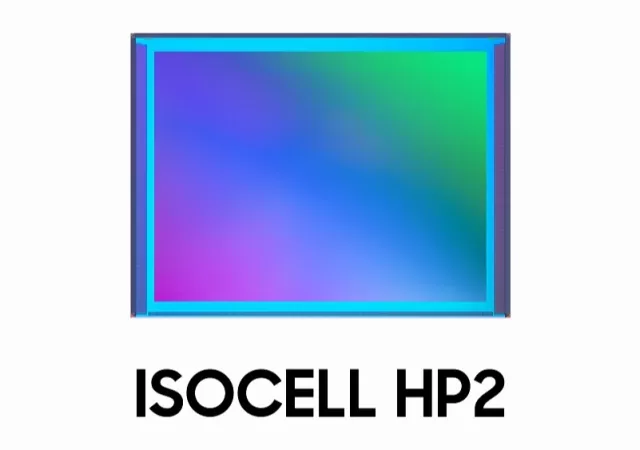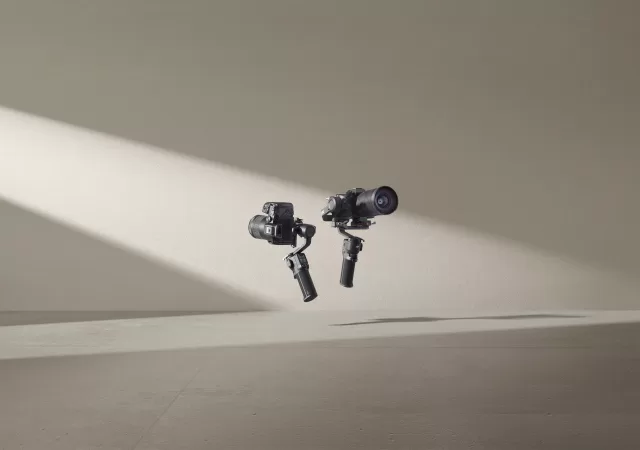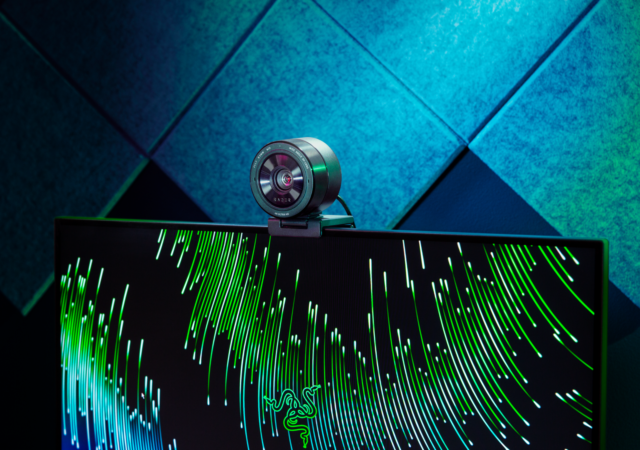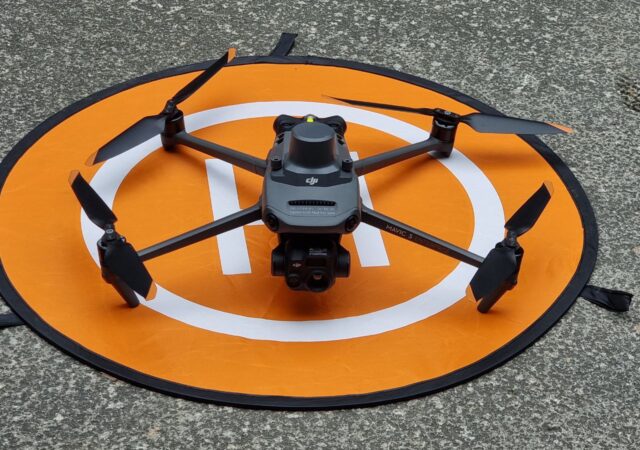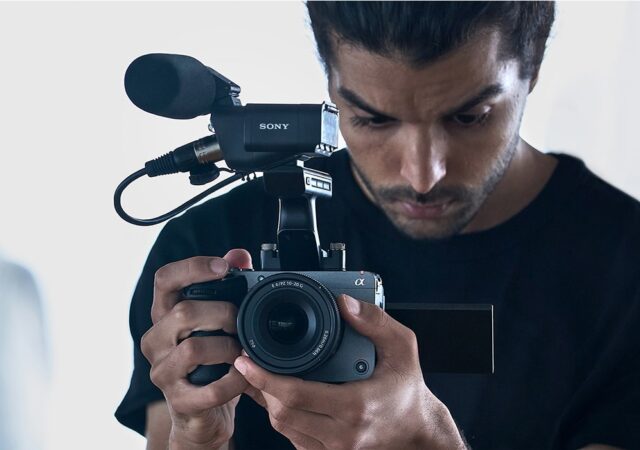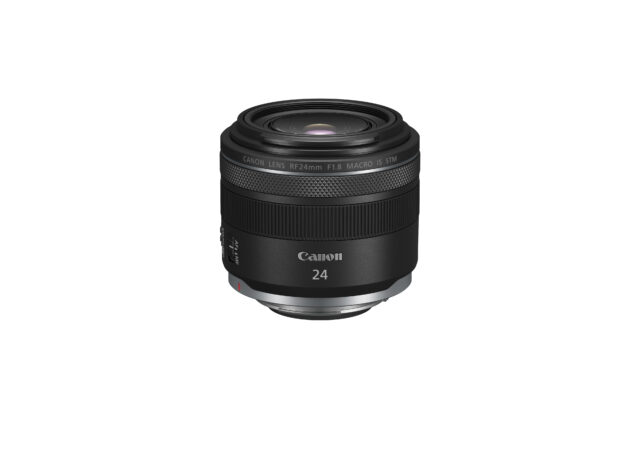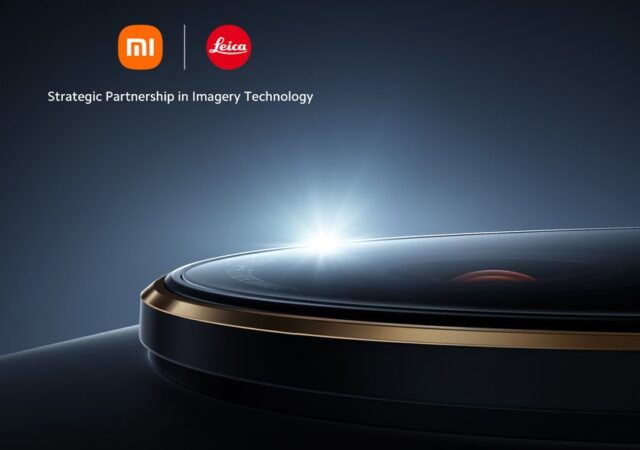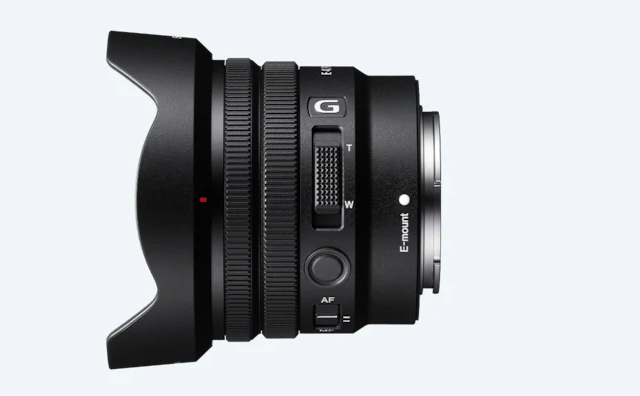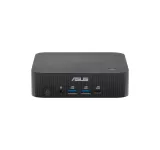Samsung announces the ISOCELL HP2 camera sensor for smartphones packing 200MP ahead of Unpacked 2023 and their next-gen flagship release.
DJI Launches the DJI RS 3 Mini for Mirrorless Cameras
DJI releases their latest compact gimbal for mirrorless cameras, the RS 3 Mini stabilizer that will cost US$ 369.
[CES 2023] Meet the Razer Kiyo Pro Ultra Which Promises DSLR-like Quality Imaging
Razer unveils their next level web cam – the Razer Kiyo Pro Ultra that brings DSLR-like quality to streaming.
DJI Enterprise launches the Mavic 3E and Mavic 3T – Not Your Average Mavic 3
DJI launches the Mavic 3E and Mavic 3T, the new Mavic 3 Enterprise drones made for industrial application with thermal camera,if need be.
Sony’s Latest FX30 is the New Compact Super 35 4K Camera for the Future, Or So They Say
Sony launches their latest cinema camera, the Cinema Line FX30 with a 20.1MP APS-C sensor capable of 4K Super 35 film formats.
Fujifilm Releases the new X-H2 with 40.2MP on Tap and up to 8K 30fps Internal Recording
Fujifilm releases the most advanced APS-C camera ever in their stables, the X-H2 offers 40.2MP and up to 8K video recording capabilities.
More Mirrorless Goodness from Canon with new RF Lenses
Canon RF lens family just got bigger and now up to 30 lenses in selection with new RF24mm f/1.8 MACRO IS STM and RF15-30mm f/45.-6.3 IS STM.
Xiaomi and Leica’s Partnership is Real – First Devices to Feature Leica Branding Coming 4th July 2022
Xiaomi is launching their new flagship soon. Their new flagship also comes with a camera that is co-engineered with Leica.
The Megapixel Race is Back on with Sony Looking to Introduce 100MP Smartphone Camera Sensor
Sony is looking to introduce an IMX8 series smartphone camera sensor that breaches the 100-Megapixel count later in the year.
Sony Announces New Lenses for Their APS-C Mirrorless Cameras
Sony announces three new E-mount wide-angle lenses specifically for the APS-C format sensor perfect for landscape photography and vlogging.



